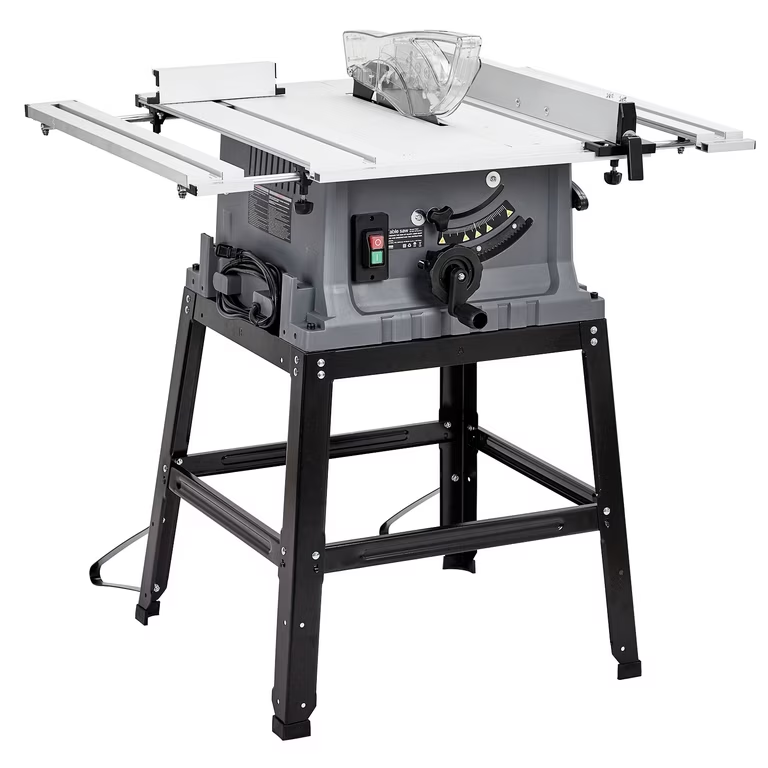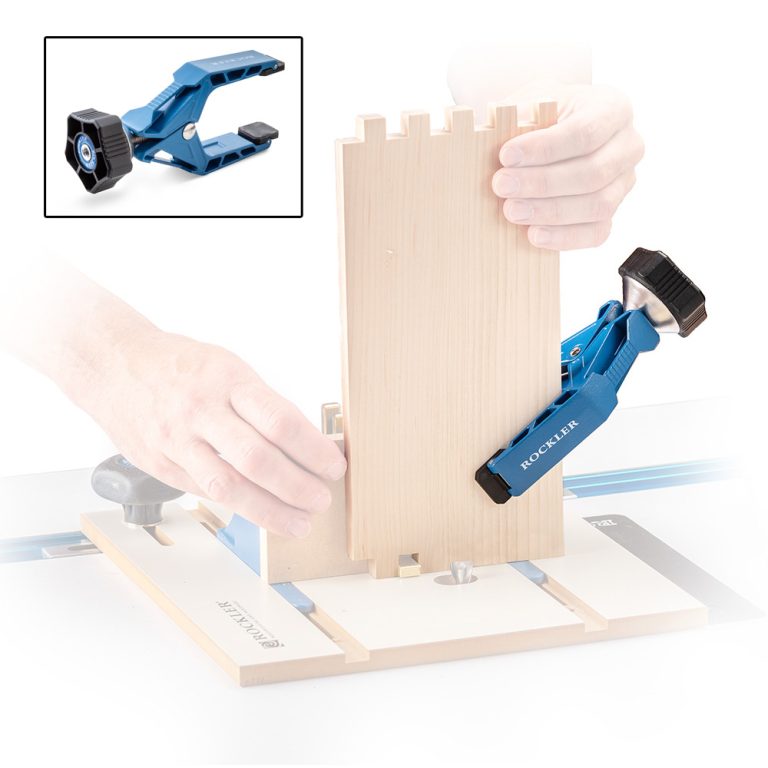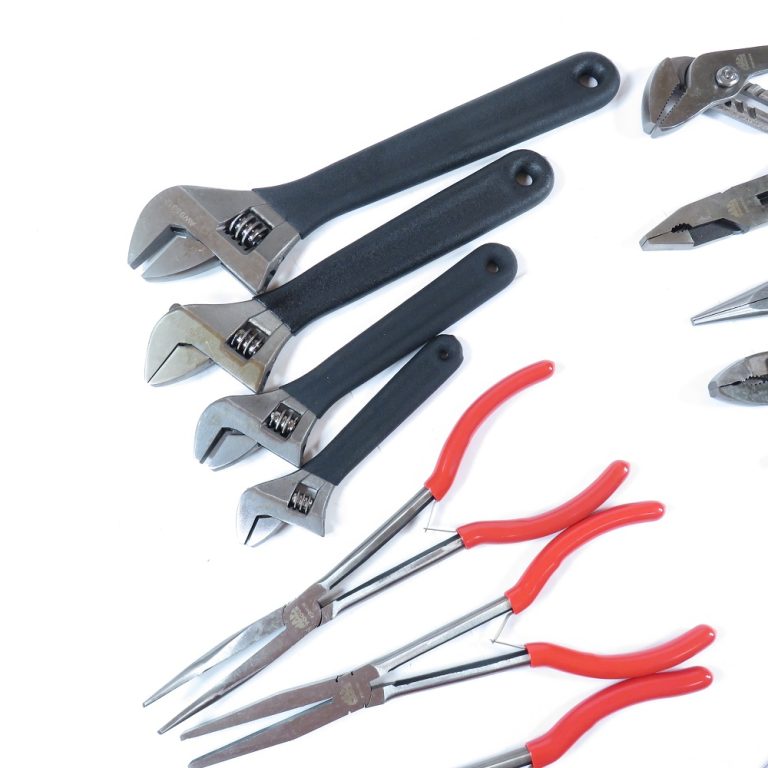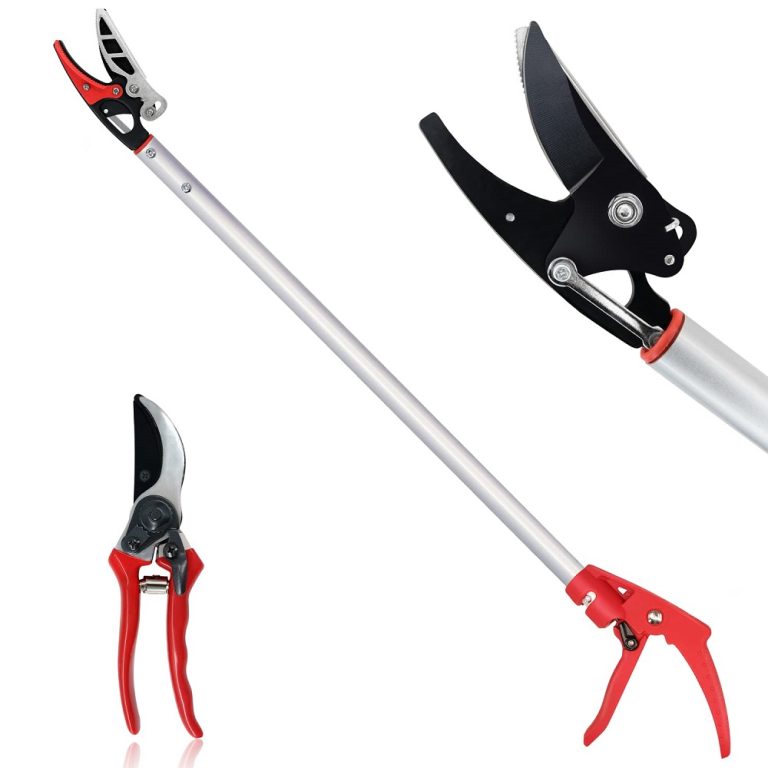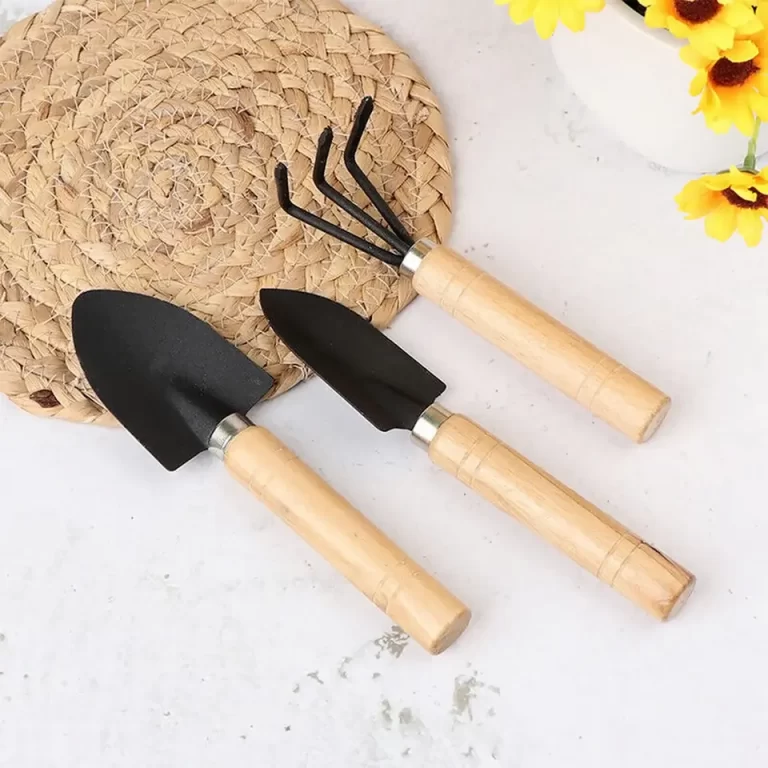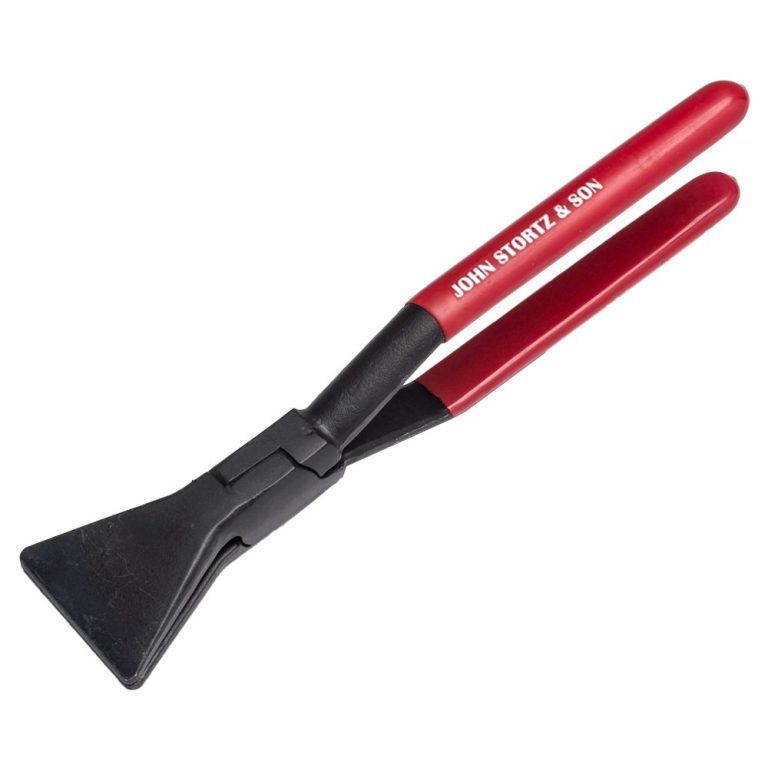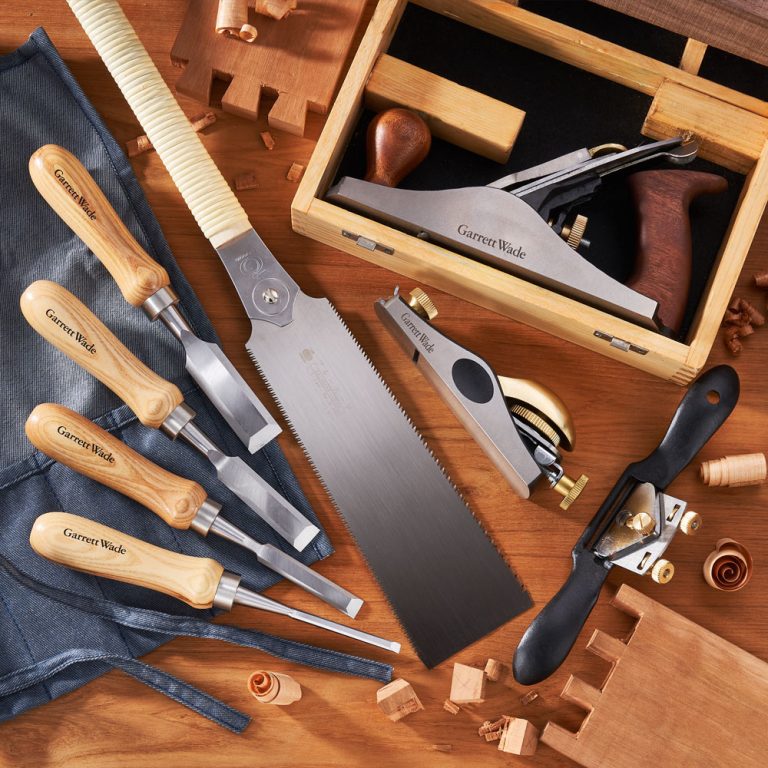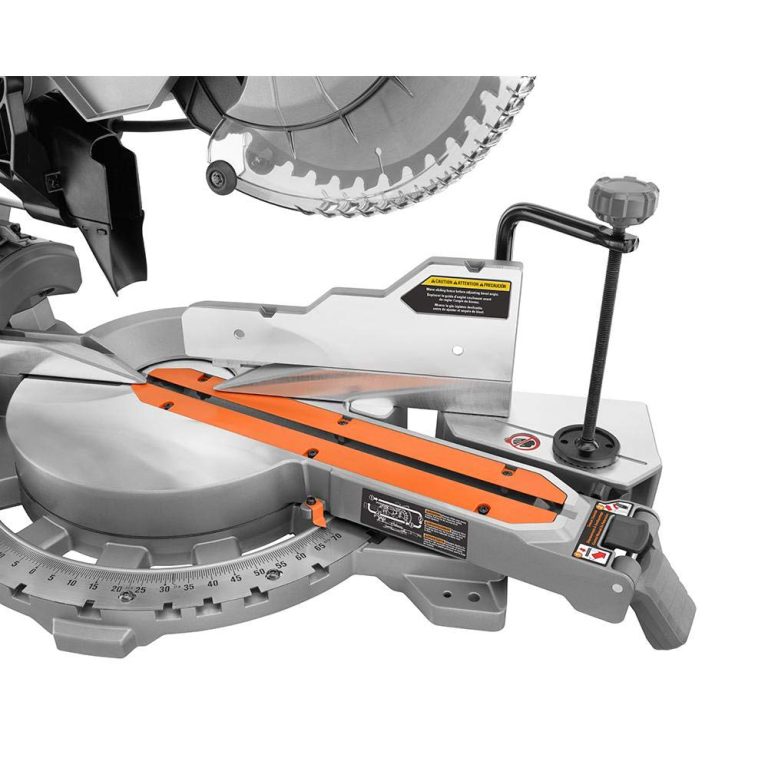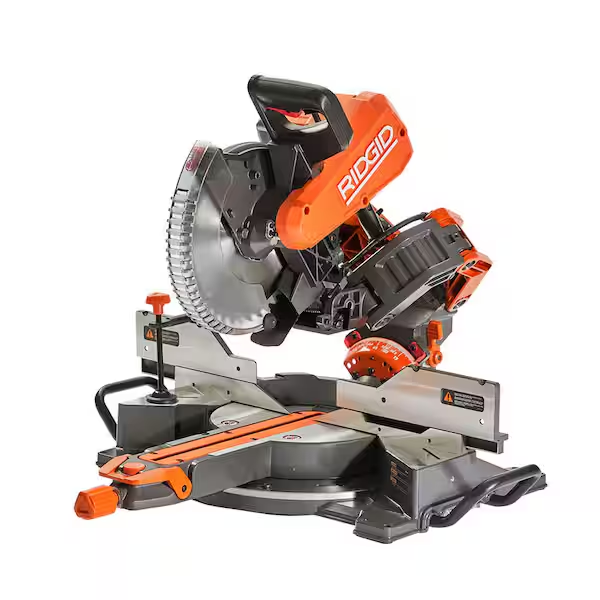Importance of Table Saws in Woodworking
Table saws hold a key role in woodworking shops. Their versatility allows for straight cuts, miters, and bevels with precision. These tools are central for projects ranging from simple cuts to joinery. Woodworkers rely on table saws for speed and accuracy that hand tools can’t match. Whether you carve small pieces or handle large sheets, table saws are essential.
They save time in cutting large volumes of wood. This is critical in commercial settings, where efficiency is a must. For hobbyists, table saws offer the chance to work like a pro. With a table saw, complex tasks become simpler and results improve. Skilled carpenters know the value of a good table saw. It is often the first tool turned on in the shop and the last to rest.
Quality in woodworking comes from precise, clean cuts. This is why a good table saw is a wise investment. When budgets are tight, used table saws become an attractive option. They provide the same benefits at a lower cost. However, it is essential to choose a used saw wisely. Its condition, specs, and safety are crucial.
In summary, a table saw is a cornerstone in any woodworking shop. It increases productivity and precision. A careful selection of used table saws can give these advantages without breaking the bank.
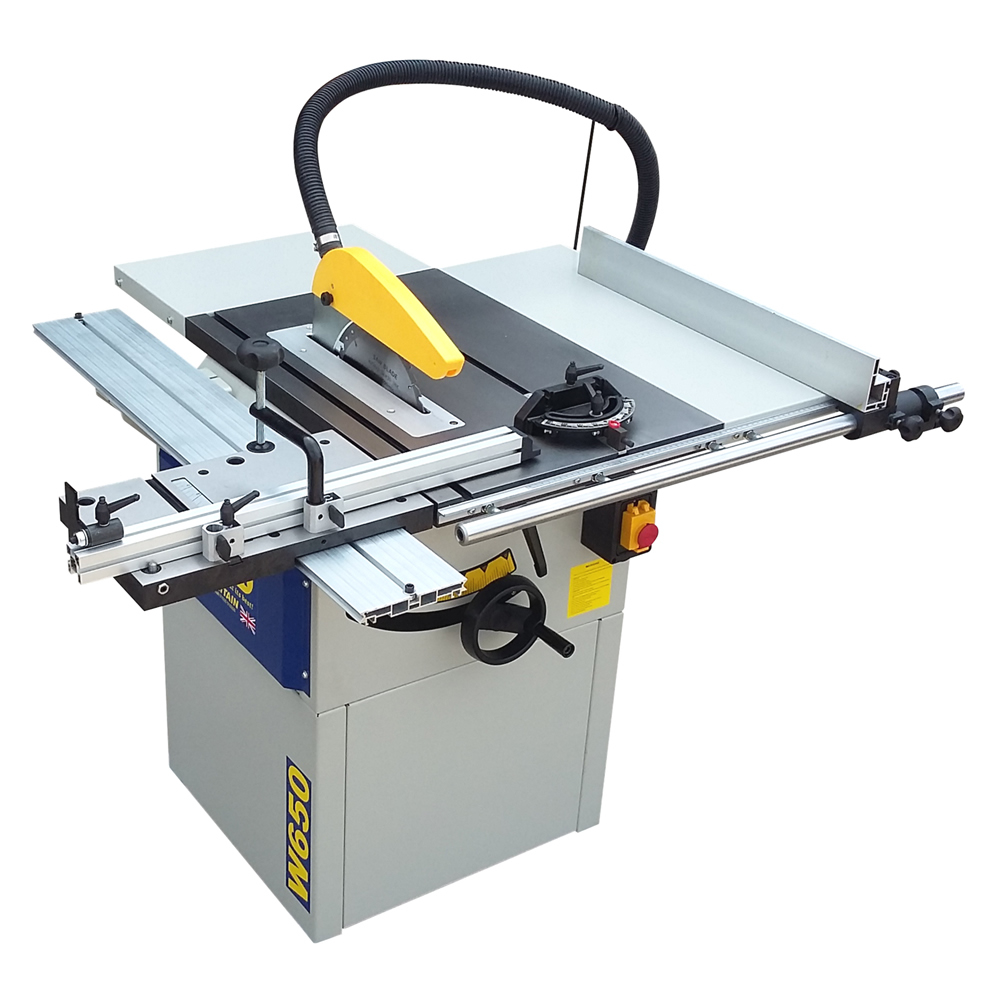
Where to Find Used Table Saws
Finding the right used table saw requires knowing where to look. Start by checking local woodworking or carpentry shops. Many of these businesses upgrade their tools and sell their older models. Networking with professional woodworkers can also lead to good finds. They often know about equipment sales or may be selling a used table saw themselves.
Online marketplaces offer a wide selection of used table saws. Websites like eBay, Craigslist, and Facebook Marketplace are popular. They allow you to search by location and often include images and details about the saw’s condition. Additionally, online forums and woodworking community boards can be resources for finding equipment.
Woodworking shows and auctions are less common but worthwhile. These venues may host equipment sales where you can inspect table saws in person. Remember to check estate sales, garage sales, and local classified ads too.
Lastly, don’t overlook tool consignment stores or pawn shops. These places might have used table saws at reasonable prices. It’s important to verify the quality and function before you buy.
In your search for used table saws, patience is key. Inspect each option thoroughly and compare prices and conditions to find the best deal.
Key Factors to Consider Before Purchasing
When looking for used table saws, several factors come into play. Assess these carefully before making your purchase to ensure that you’re getting a saw that meets your needs and offers value for money. Here are the key factors to consider:
Research the Brand and Model
Start by researching the brand and model of the table saw. Top brands often mean quality and reliability. Check reviews and see what other woodworkers say about the saw. Learn about common issues with certain models. This information can indicate the longevity of the saw.
Check for Complete Accessories
Ensure the table saw comes with all necessary accessories. These include the fence, miter gauge, blade guards, and riving knife. Accessories can be costly to replace. Verify they are in good condition and included in the purchase.
Inspect for Wear and Tear
Inspect the saw for signs of wear and tear. A well-used saw may not offer the precision you require. Look for rust, damaged parts, or modifications. These issues can affect the saw’s performance.
Confirm Accuracy and Alignment
Check the blade’s alignment and the accuracy of the fence. These are vital for precise cuts. Misalignment can lead to wood waste and frustration.
Evaluate the Motor and Power Requirements
Look at the saw’s motor and its power requirements. Make sure it matches your workshop’s power supply. Consider if the motor has enough power for your cutting needs.
Enquire About the Saw’s History
Ask the seller about the saw’s history. Find out how it was used, how often, and for what types of projects. This can give you insights into potential wear you cannot see.
By taking time to consider these factors thoroughly, you will be far more likely to make an informed choice. Be diligent and patient, and you will find a used table saw that will serve you well in your woodworking endeavors.
Assessing the Condition of a Used Table Saw
When shopping for used table saws, assessing their condition is critical. You must examine each saw closely. Here are steps to guide you:
Check for Physical Damage
Start with a visual inspection. Look for cracks, bends, or other signs of physical damage. These flaws may compromise the saw’s integrity and performance.
Assess Blade Condition
Examine the blade. Look for dullness, chipping, or warping. Remember, a bad blade can affect the quality of your work.
Test Mechanical Parts
Test all moving parts. Make sure the blade adjusts smoothly for height and angle changes. Check that the saw’s adjustments are precise and easy to operate.
Relay on Sight and Sound
Run the saw if possible. Listen for unusual noises. They could signal internal issues. Watch for smooth operation. Any hitches or jerks require attention.
Review Signs of Maintenance
Well-maintained saws last longer. Look for signs of regular upkeep, like a clean interior and lubricated parts.
Following these steps, you’ll get a clearer picture of the used table saw’s condition. Remember, investing the time to examine a used table saw pays off. It ensures you get a reliable tool that meets your woodworking needs.

Understanding Table Saw Specifications
When shopping for used table saws, understanding their specifications is essential. Here’s what to look for:
Key Specifications to Consider
- Blade Size: The size of the blade determines the maximum cut depth. Typically, blades range from 6 to 12 inches.
- Table Size: A larger table can handle bigger wood pieces. Measure your space to match the table saw size.
- Motor Type: Motors can be direct-drive or belt-driven. Direct-drive motors are quieter, but belt-driven ones may last longer.
- Horsepower: The motor’s horsepower (HP) affects its cutting power. More HP is better for thick or hard woods.
- Rip Capacity: This is the maximum width the saw can cut from the edge. Wider rip capacity offers more versatility.
- Dust Collection System: A good system keeps the work area clean and reduces health risks.
Technical Aspects to Examine
- Arbor Size: The arbor holds the blade. Make sure it matches your blade’s hole size.
- Tilt Ability: Saws tilt to make bevel cuts. Check if it tilts both to the right and left for flexibility.
- Amperage: Higher amps mean the saw can handle longer use without overheating. Check this against your power capabilities.
- Speed: Speed, measured in RPM (revolutions per minute), affects the quality of cut. Higher speeds can provide cleaner cuts.
Understanding these specifications will help you choose a used table saw that fits your woodworking projects. Take your time to compare these features against your needs. For better selection, watch demos or ask for trial cuts when possible. Remember, good specs add to a saw’s longevity and efficiency.
The Cost Factor: New vs. Used Table Saws
The price difference between new and used table saws is significant. New saws come with the latest features and warranties, but they can be costly. You might pay a premium for a brand-new model ranging from several hundred to a few thousand dollars. Used table saws, however, are more budget-friendly. They offer the functionality you need at a lower cost, often saving you a substantial amount of money. Here’s what to consider regarding cost:
- Price Comparison: New table saws have steep prices. Compare the cost of a new saw with a used one. Ensure the savings justify the lack of warranty and potential wear.
- Budgeting: Determine your budget before searching. Factoring in the cost of any necessary repairs or upgrades, purchasing a used table saw should still be within your financial limits.
- Long-Term Value: Consider the long-term value of the table saw. A new saw might last longer without issues, but a well-maintained used saw could offer similar longevity for less money.
- Resale Value: Used table saws may hold their value better. Since they’ve already depreciated, you might resell them in the future without losing much.
In summary, while new table saws offer the appeal of unused equipment with full warranties, used table saws are an economical option. Making a smart choice requires considering your financial situation, the longevity of the saw, and the potential for future resale.
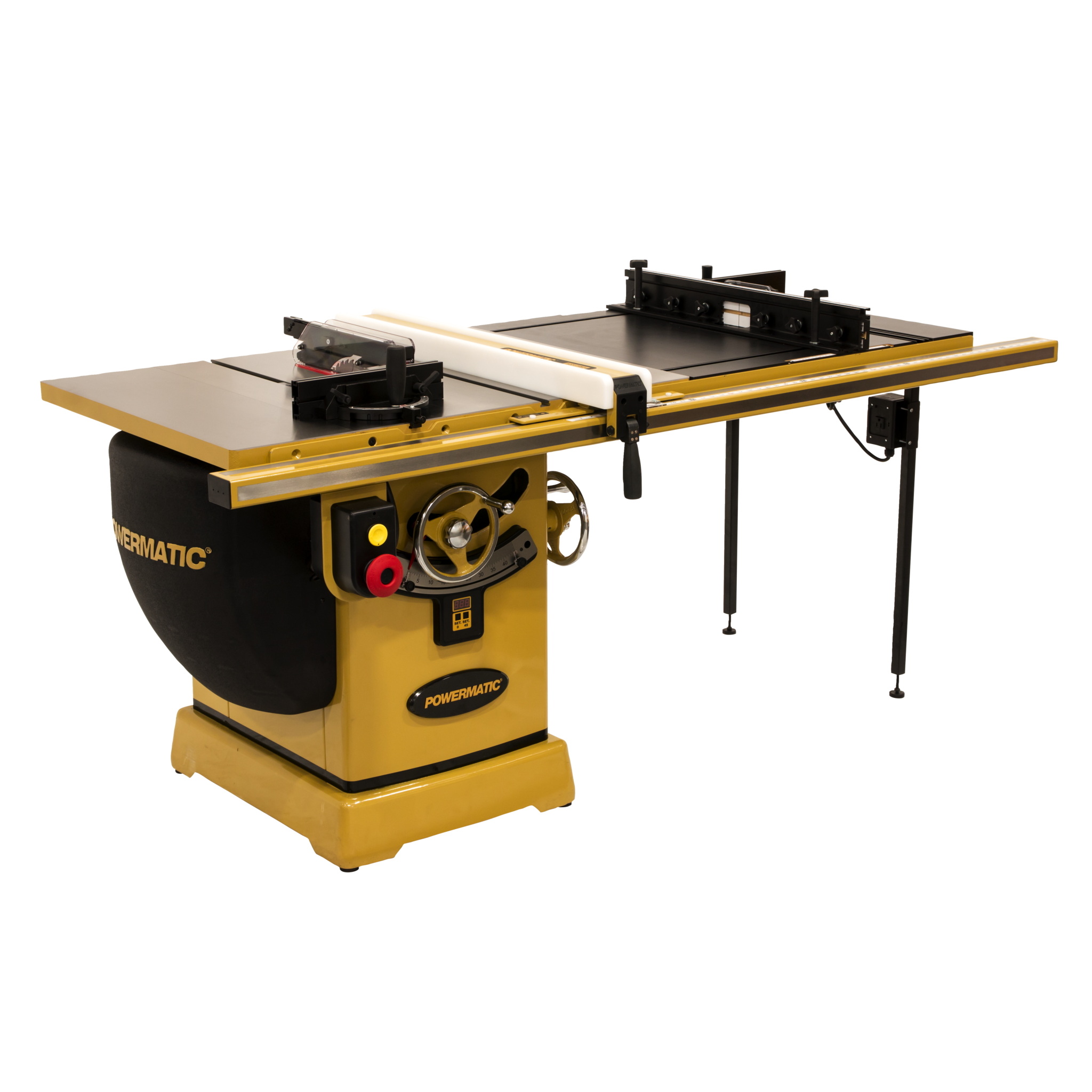
Safety Inspection and Testing of a Used Table Saw
When buying used table saws, safety inspection and testing are vital steps. Ensure you carry out a thorough check to avoid accidents later. Here’s how to inspect and test a used table saw effectively:
Conduct a Thorough Visual Inspection
Begin with a careful look over the entire table saw. Search for obvious signs of damage, such as cracks or heavy wear. Confirm that safety features like the blade guard and riving knife are present and intact.
Verify the Operating Mechanisms
Check that all knobs, handles, and adjustments work smoothly. They should not stick or slip when in use. Each motion should feel solid and reliable.
Test the Safety Features
Examine the blade guard, riving knife, and anti-kickback pawls. These features must be secure and functional. They are crucial for preventing accidents during operation.
Run the Saw and Listen
Power up the saw to hear it run. Listen for odd sounds like rattling or knocking. These can show hidden issues inside.
Check for Smooth Blade Movement
Raise and lower the blade, tilt it for bevel cuts, and ensure the actions are smooth. Difficulty in movement can suggest problems with the mechanisms.
Inspect Electrical Components
Look at the power cord and plug for wear or damage. Consider the wiring and any signs of electrical work. These should be safe and to code.
By following these steps, you can feel more confident that the used table saw is safe to use. Remember, it’s better to be thorough now than to face safety issues later.
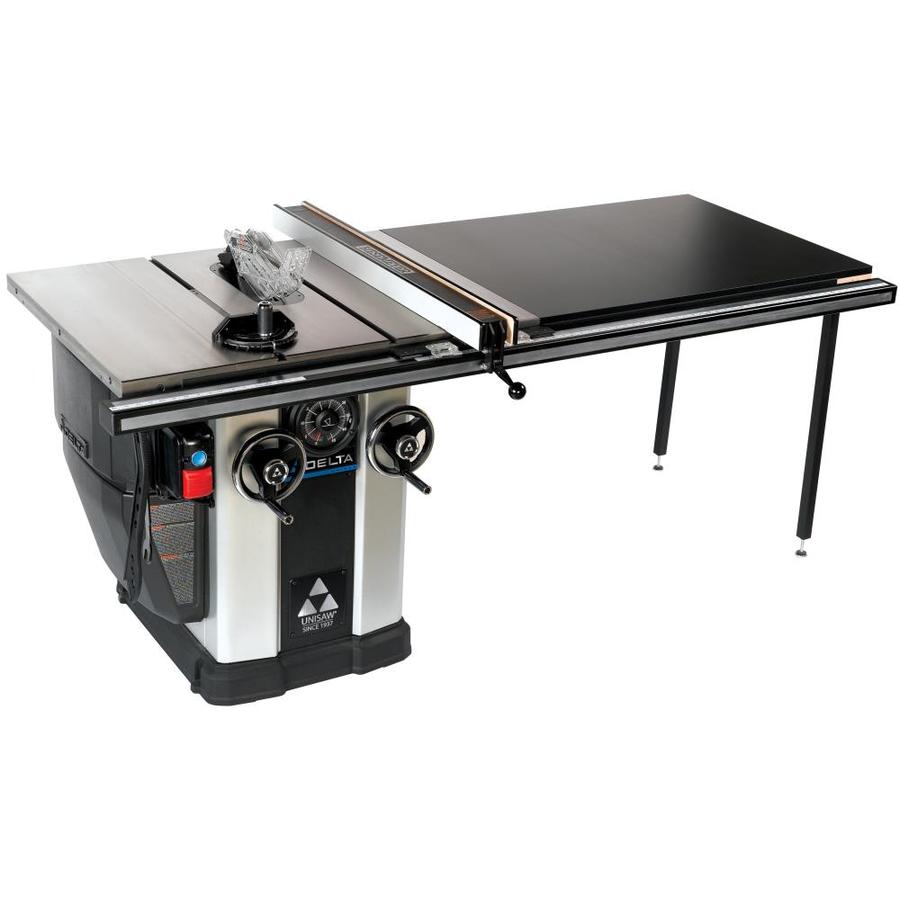
Common Pitfalls to Avoid When Buying Used Equipment
When you’re in the market for used table saws, steering clear of common buying mistakes can save you time, money, and frustration. Here are the pitfalls to watch out for:
- Ignoring Research: Not researching the model or brand could lead you to a poor-quality saw. Always dig into the history and reputation.
- Overlooking Test Runs: Skipping the chance to see the saw in action means you might miss mechanical issues. Insist on a demonstration before you buy.
- Neglecting Safety Features: Safety comes first. A saw without proper safety attachments like blade guards is a hazard.
- Assuming Accessories are Included: Don’t assume all the necessary accessories come with the saw. Double-check what’s included.
- Underestimating Wear and Tear: If you ignore signs of extensive use, you may face hefty maintenance costs. Look for a well-cared-for saw.
- Not Checking Compatibility: Make sure the saw fits your space and matches your power outlets. Compatibility is key.
- Forgetting about Blades: A dull or damaged blade will affect your work. Check the blade’s condition or plan to buy a new one.
- Buying on Price Alone: The cheapest option isn’t always the best deal. Balance price with condition and your needs.
By avoiding these errors, you’ll ensure that your investment in a used table saw is a wise choice. Take your time, and purchase with confidence.
